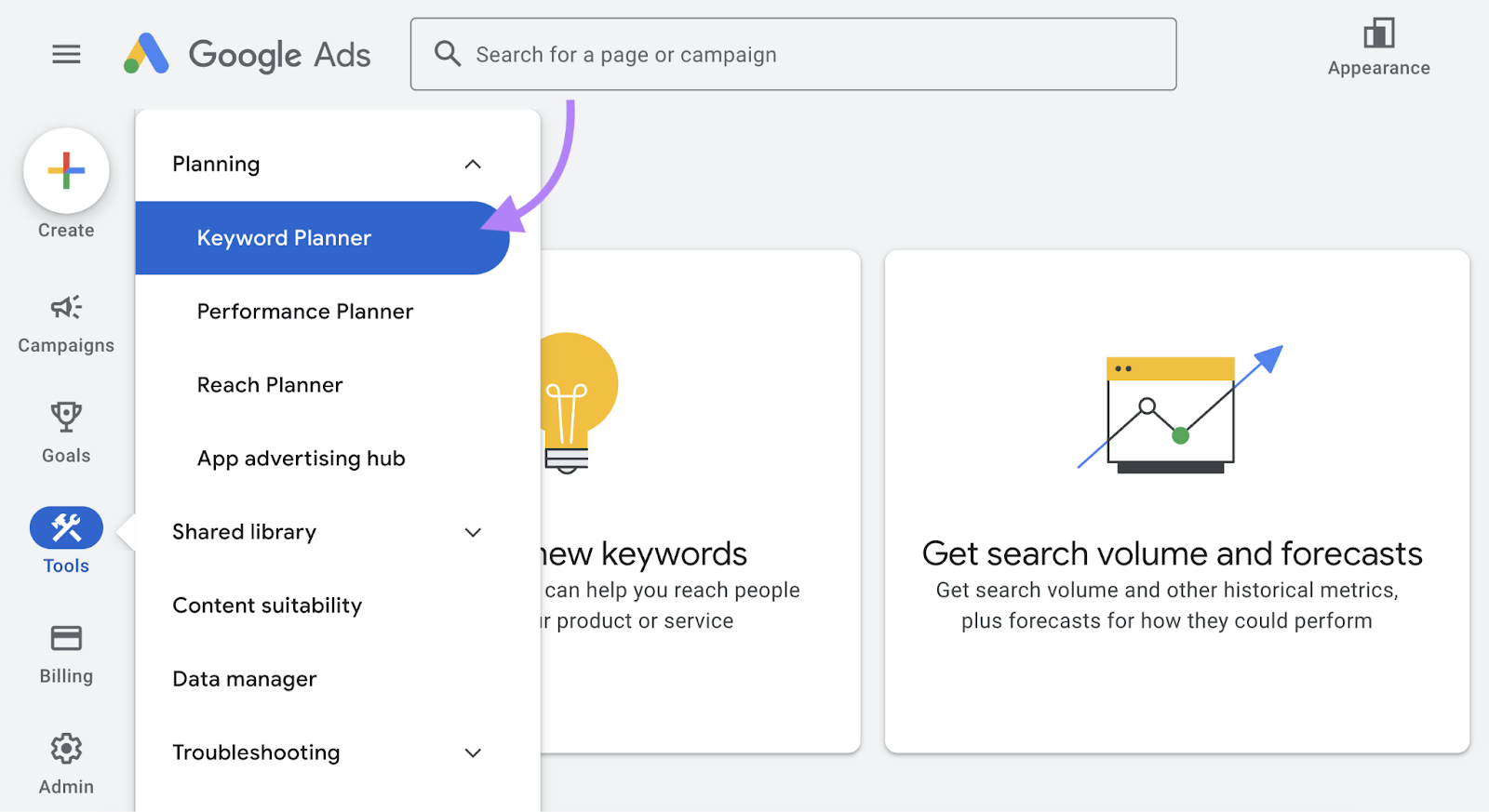
In the ever-competitive digital world, ranking your website on search engines like Google is crucial for online success. Search Engine Optimization (SEO) is the key to driving organic traffic and improving your visibility. Whether you run a blog, e-commerce store, or business website, implementing the right SEO strategies can help you achieve better rankings. This guide will cover essential SEO techniques to help your page rank higher in search results.
1. Conduct In-Depth Keyword Research
Keywords are the foundation of SEO. To rank your page, you need to find relevant keywords with high search volume and low competition.

Use tools like Google Keyword Planner, Ahrefs, and SEMrush to identify target keywords.
Focus on long-tail keywords (e.g., “best SEO strategies for beginners”) to attract a specific audience.
Analyze competitor keywords to understand what works in your niche.
Incorporate LSI (Latent Semantic Indexing) keywords—related terms that help search engines understand your content better.
2. Optimize On-Page SEO Elements
On-page SEO involves optimizing elements on your website to improve its ranking potential.

Title Tag: Include your primary keyword within the first 60 characters.
Meta Description: Write a compelling summary (150-160 characters) with relevant keywords.
Header Tags (H1, H2, H3): Use structured headings to improve readability and keyword placement.
Keyword Placement: Naturally integrate keywords within the first 100 words, throughout the content, and in subheadings.
Image Optimization: Compress images and use alt text to help search engines understand visual content.
Internal Linking: Link to relevant pages within your website to improve navigation and SEO.
3. Create High-Quality, Engaging Content
Content is king when it comes to ranking your page. Search engines prioritize valuable, informative, and user-friendly content.
Write original, in-depth articles that solve users’ queries.
Maintain a readability score of 8th-grade level or lower to engage a broader audience.
Use multimedia elements (images, videos, infographics) to enhance user experience.
Ensure your content is mobile-friendly since Google prioritizes mobile-first indexing.
Encourage user engagement with clear CTAs, comments, and interactive elements.
4. Build High-Quality Backlinks
Backlinks (links from other websites to yours) signal to search engines that your content is trustworthy and valuable.

Guest Blogging: Write articles for authoritative websites in your niche.
Broken Link Building: Find broken links on other sites and suggest your content as a replacement.
Social Media Sharing: Promote your content on social media to generate natural backlinks.
Influencer Outreach: Collaborate with influencers to gain credibility and backlinks.
Forum Participation: Engage in industry-related forums like Quora and Reddit, linking back to relevant content.
5. Improve Technical SEO

Technical SEO ensures that your website is optimized for search engines to crawl and index effectively.
Mobile Optimization: Ensure your website is fully responsive and loads well on all devices.
Website Speed: Use tools like Google PageSpeed Insights to improve loading speed.
XML Sitemap: Submit an updated sitemap to Google Search Console.
Fix Broken Links: Regularly check and fix 404 errors to maintain a healthy site structure.
Secure Your Website: Use HTTPS encryption to protect user data and improve ranking.
6. Optimize for Local SEO (If Applicable)
If you run a local business, optimizing for local SEO can help you rank in Google’s Local Pack.
Google My Business (GMB): Claim and optimize your listing with accurate details.
NAP Consistency: Ensure your Name, Address, and Phone number are the same across all platforms.
Local Keywords: Use geo-targeted keywords (e.g., “best SEO services in Delhi”).
Customer Reviews: Encourage satisfied customers to leave positive reviews on Google and Yelp.
7. Monitor and Improve SEO Performance
SEO is an ongoing process that requires regular monitoring and adjustments.
Google Analytics & Search Console: Track organic traffic, ranking improvements, and user behavior.
SEO Audits: Conduct regular audits to identify technical and on-page SEO issues.
Content Refreshing: Update outdated articles with new data and insights to maintain relevance.
A/B Testing: Experiment with different headlines, meta descriptions, and CTAs to optimize performance.
Conclusion
Ranking your page on SEO requires a combination of keyword research, content optimization, link-building strategies, and technical improvements. By following these steps consistently, you can improve your website’s visibility and attract organic traffic. SEO is an ongoing effort, so stay updated with search engine algorithms and refine your strategies over time. Start implementing these techniques today and watch your rankings soar!
